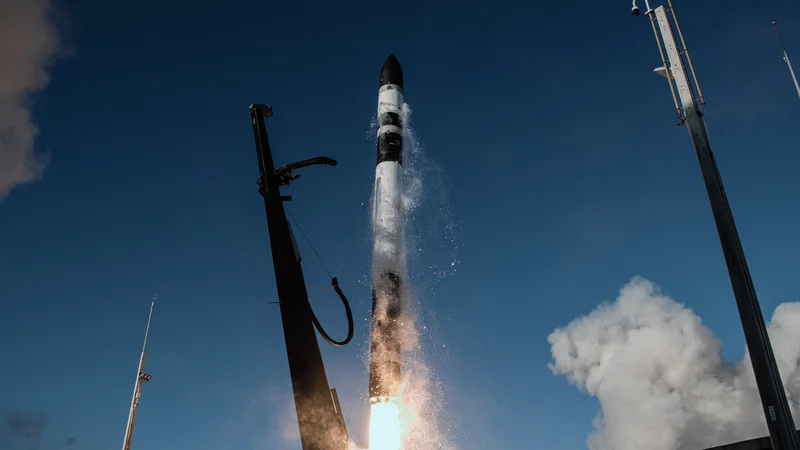Rocket Launch Today: What Happened and Why It Matters
Generated Title: Sentinel-6B: A Billion-Dollar Thermometer in the Sky?
The launch of Sentinel-6B, the second in a series of sea-level monitoring satellites, raises a crucial question: are we getting a billion dollar’s worth of data, or just a very expensive thermometer? The mission, a joint effort between the US and Europe, aims to measure sea heights with unprecedented accuracy. But what will that accuracy really tell us?
Data, Dollars, and Degrees of Separation
The stated goal is admirable: tracking sea level changes to within an inch across 90% of the world’s oceans. NASA's Karen St. Germain highlights the practical applications, from navigation to flood prediction. And the Space Force was optimistic about launch weather, despite recent heavy rainfall in California (putting the probability of a weather violation at 60%). All good.
But let's dissect this a bit. An inch of sea level change, measured from 830 miles up, sounds precise. It's impressive engineering, no doubt. But is it useful precision? We’re talking about a global average, smoothed over vast stretches of ocean. Local variations – tides, currents, storm surges – can dwarf that one-inch figure in a matter of hours. Are we mistaking accuracy for relevance?
The cost is another data point to consider. A billion dollars, split evenly between the US and Europe. (That's $500 million each, or roughly the annual operating budget of a mid-sized research university.) What are we not funding with that money? Alternative monitoring systems? Coastal defenses? Basic climate research?
Consider this: the Trump administration, according to reports, deliberately avoided mentioning climate change in connection with the mission. Now, I'm no political pundit, but that raises a red flag. Are we spending a fortune to collect data that we're then afraid to interpret honestly? It’s like buying a top-of-the-line microscope and then refusing to look at the slides.

The Booster's Tale: Reuse and Real Returns
Meanwhile, SpaceX continues to make strides in rocket reusability. The Falcon 9 first stage, serial number B1097, is making its third flight. If all goes according to plan, B1097 will return to the launch site, landing approximately 1,400 feet west of the pad from which it took off, marking the 500th flight of a previously flown Falcon 9 booster. SpaceX Falcon 9 to launch international satellite to keep watch on rising sea levels – Spaceflight Now.
This is the part of the story I find genuinely compelling. Rocket reusability isn't just about saving money; it's about increasing the frequency of data collection. More launches mean more opportunities to refine our measurements, to test new sensors, to push the boundaries of what's possible. The cost per launch is going down, even if the overall budget remains astronomical.
But even with reusable rockets, the question remains: what are we doing with all this data? Are we simply accumulating numbers, or are we translating them into actionable policies? The risk, as always, is that we become so focused on the measuring that we forget to act.
A Very Expensive Paperweight?
Ultimately, Sentinel-6B represents a significant investment in Earth observation. The technology is impressive, and the potential benefits are real. But we need to be honest about the limitations of the data, the opportunity costs of the mission, and the political factors that could undermine its value. Otherwise, we risk turning a billion-dollar satellite into a very expensive paperweight orbiting the Earth.
